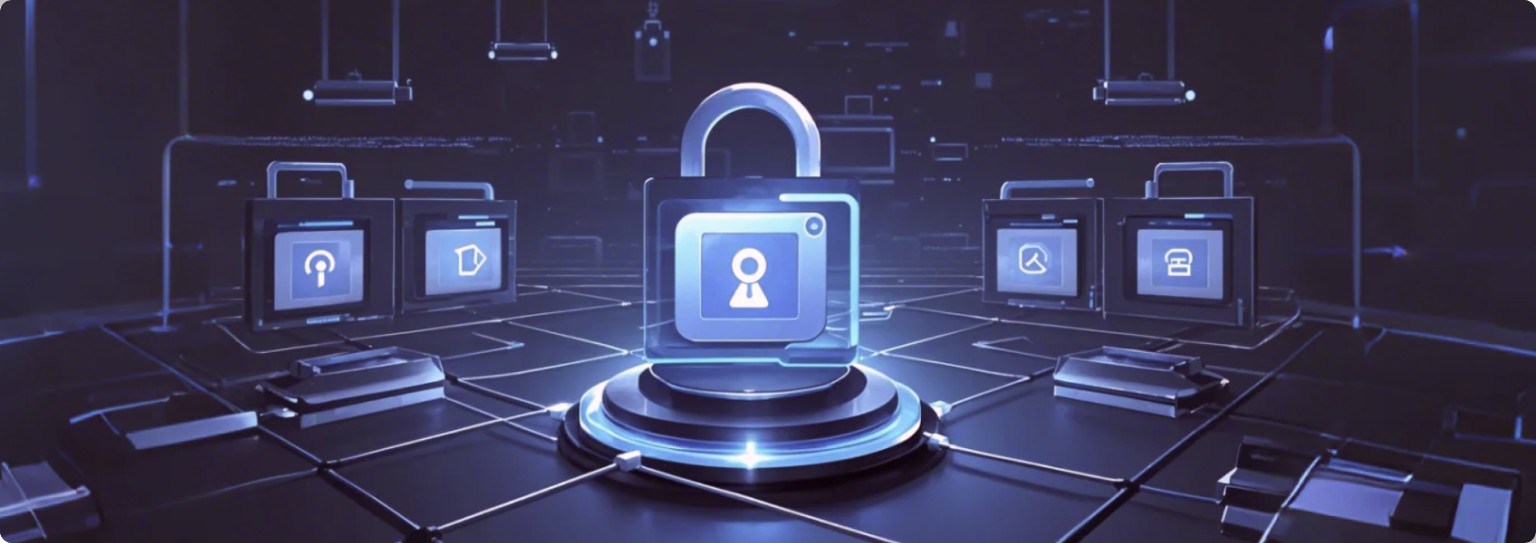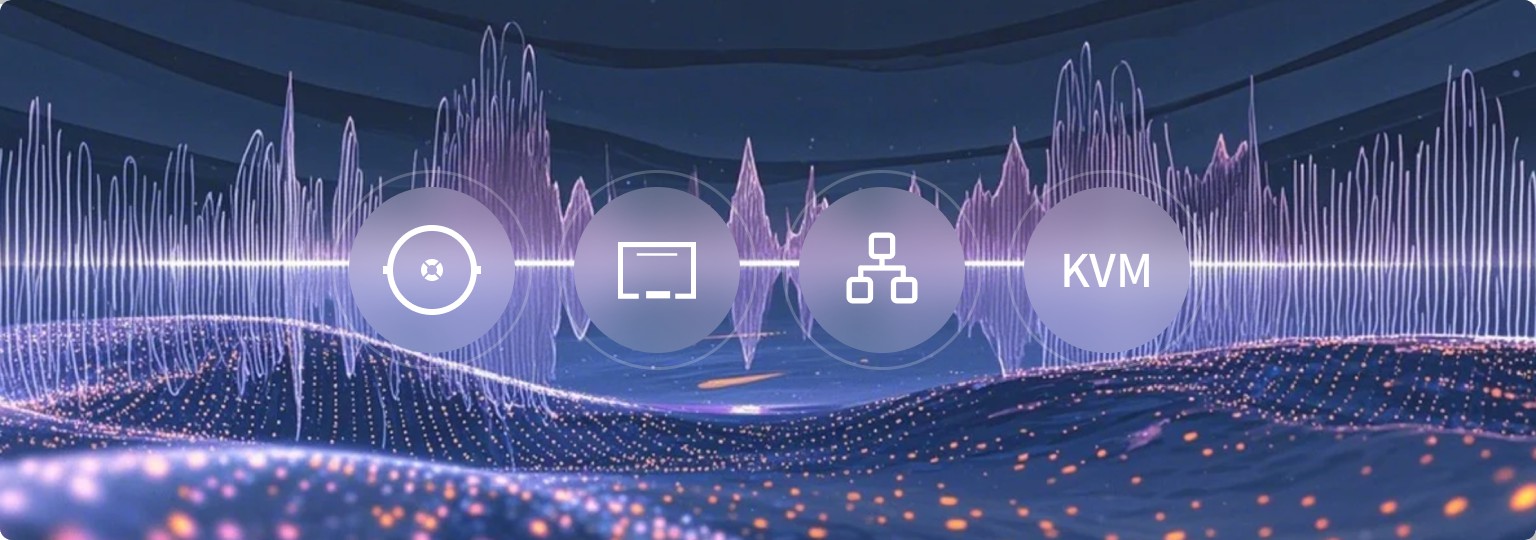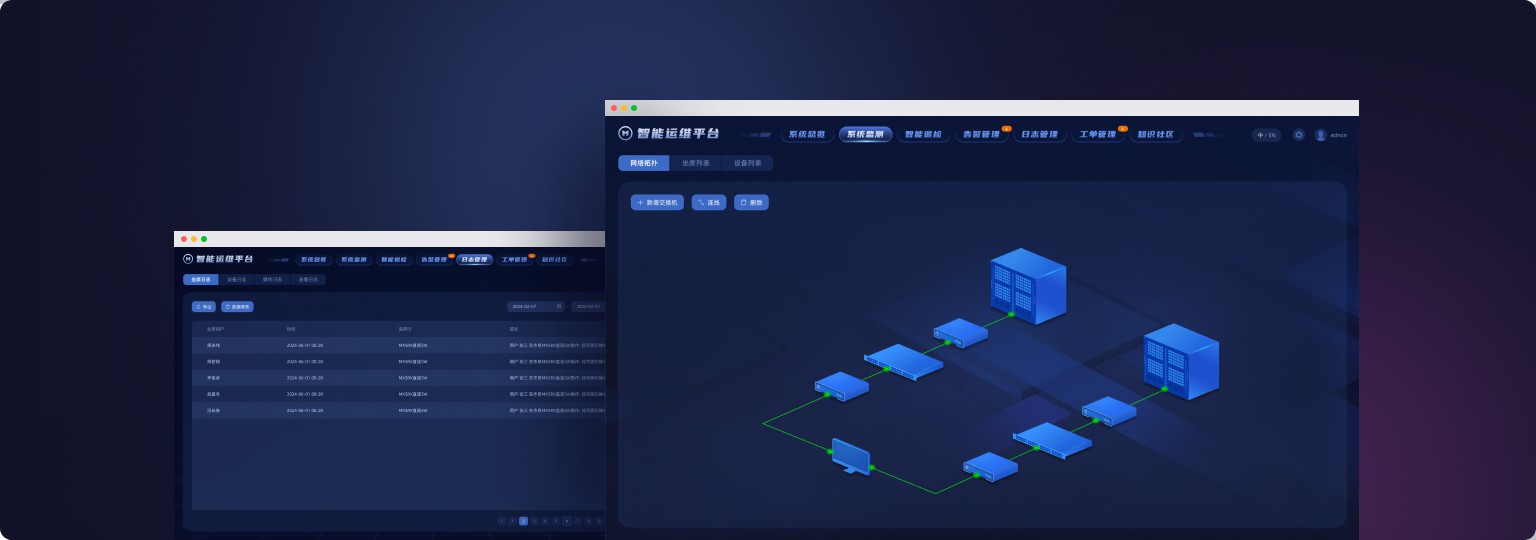












With the development of China's broadcasting and television technology, especially the advancements in Ultra-HD 4K/8K technology, 5G communication technology, AI technology, cloud technology, and IP-based technology, the application of "4K/8K + 5G + AI + Cloud + IP" has become the standard for project construction in the industry. While incorporating high technology, it is also necessary to meet the unique business needs of the broadcasting and television industry, satisfying requirements such as high security, low latency, and link redundancy. As a self-developed system product integrating ultra-high definition, 5G, AI, and cloud technologies, the HYAVC Intelligent Control and Collaboration System boasts features such as constant security, low latency, high reliability, dual-link redundancy, ultra-flexibility, and a distributed architecture. It supports the input of multiple signals including SDI, ST-2110, multicast compressed streams, and KVM, providing business support for the digital development of the broadcasting and television industry.

Through high-speed fiber optic transmission, the end-to-end screen casting display latency is less than 15 milliseconds, achieving seamless switching of audio and video signals, lipsync during conference dialogues, and a seamless seat operation experience.

Utilizing advanced video and image processing technology, combined with a lossless compression data algorithm, it supports the use of YUV4:4:4 sampling for video at 4K resolution and 60 frames per second, preserving the image details of the original signal source content.

Within the distributed system, private protocols are employed for file and information exchange. The design of the information exchange scheme based on private protocols ensures the security of data flow within the system. This achieves effective isolation of the seat system's internal network from external networks.

The distributed seat system supports dual-engine functionality, capable of decoding and encoding both lossless and deeply compressed video streams. It can parse multiple types of video streams and realize mixed networking management for various business streams.

In a distributed seat system, the internal sending and receiving nodes adopt a direct transmission scheme and support node backup functionality. The design of redundant links, redundant nodes, and backup power supplies effectively reduces the risk of the seat system malfunctioning due to link or switch failures.

It supports the access of multiple types of signals, including SDI, ST-2110, multicast compressed streams, KVM, and other signals, catering to the unique input requirements of SDI and ST-2110 signals in broadcasting and television systems.

Unified placement of servers in the data center for management and establishment of a resource pool;
Enhanced data security: Avoids exposing hosts in the hall, thereby preventing potential security risks such as unauthorized network access and data leakage through copying;
Unified management of computer hosts, workstations, and servers for space savings;
Placement in a temperature-controlled, dust-free data center capable of operating 24/7, facilitating after-sales maintenance and extending equipment lifespan;
Improved office environment by reducing noise from machine operation and minimizing cable clutter.

It supports detailed user permission management. Administrators can create any number of users and assign different permissions based on the functions of the seats in the command center. This ensures that accounts with different permissions can only view specified signal sources and process data within their authorized scope.

It supports displaying the same signal source on screens of different operator seats, facilitating users to collaboratively handle business tasks.

Signals can be pushed between operator seats, and can be simultaneously pushed to multiple seats. Additionally, keyboard and mouse control rights can also be pushed together for convenient collaboration.

Operators can push signals within their permissions to the large screen for display and sharing with others. The push can be in the form of full-screen display, single-screen display, or window display.

It supports pre-plan saving, allowing for the storage of multiple scenario pre-plans. It also supports pre-plan retrieval, enabling operators and management personnel to easily switch modes through pre-plans, thereby improving work efficiency.

The entire system's environment can be controlled, including unified management and control of lighting, sound, operator consoles, air conditioning, fogged glass, and other equipment, to meet the diverse application needs of different clients.

It supports automatic generation of system link topology diagrams, production of operation and maintenance management logs, and provides visual management of devices.

